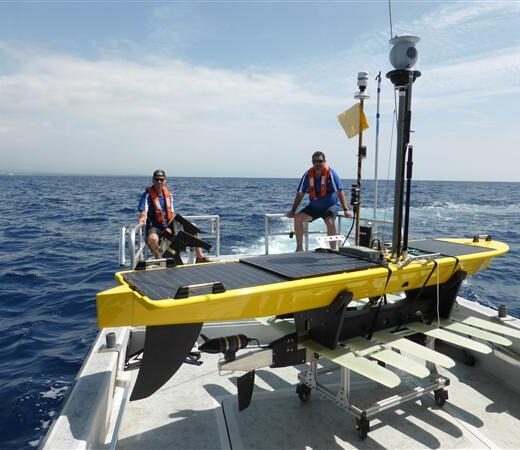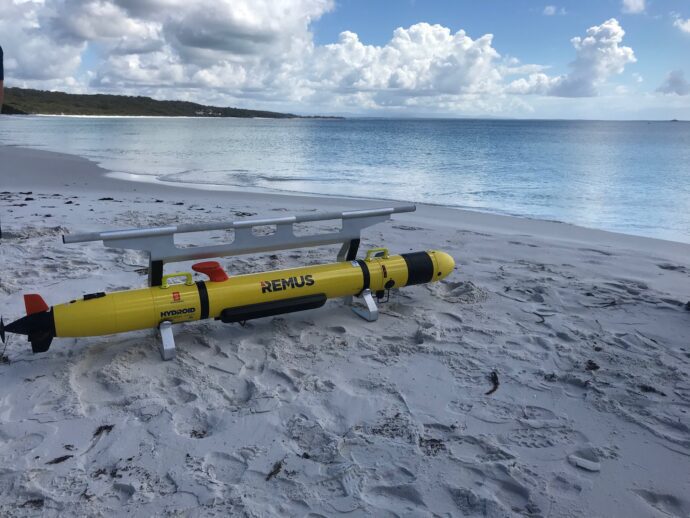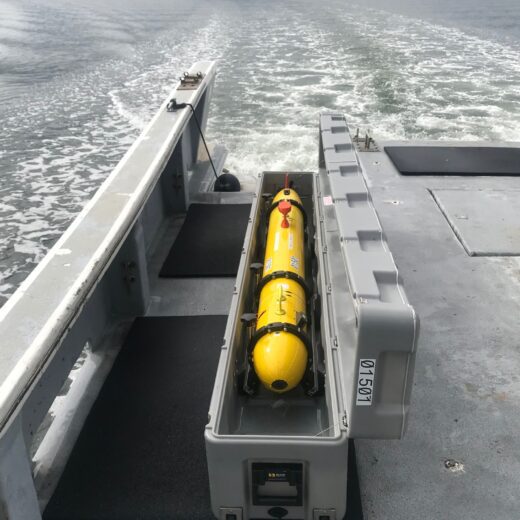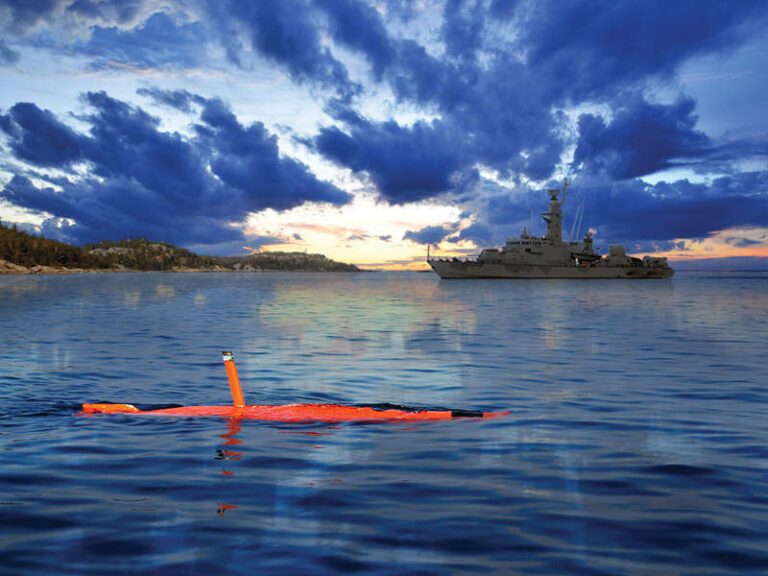
Uncrewed Systems
ASW is as much a numbers game as it is anything else. Therefore, uncrewed platforms have a role to play in force generation. By supplementing surveillance assets and complementing traditional platforms, uncrewed systems can increase ASW effectiveness in two fundamental ways: by increasing numbers to generate ‘defence in depth’ and by widening underwater sensor coverage to create a ‘layered defence’.
Defence in depth extends sensor networks to increase the probability of detecting hostile submarines before they can conduct attacks on friendly forces. Layered defence increases the likelihood that hostile submarines are more likely to encounter ASW platforms while trying to prosecute their assigned mission. Combining those concepts contributes significantly to the aim of ASW… to deny the enemy the effective use of its submarines.
In recent times, advances in key technologies such as acoustic sensors, signal and data processing, high speed and high bandwidth communications and AI, have made it possible for Uncrewed Surface Vehicles (USV) and Uncrewed Underwater Vehicles (UUV) to become realistic options to be seriously considered by ASW force structure planners. When appropriately equipped with modern sensors and systems, uncrewed platforms can undertake detection, classification, and localisation (DCL) operations, largely autonomously and with only minimal need for support from highly trained operators. This allows uncrewed platforms to contribute to the majority of ASW missions from ‘detect and track’ to ‘localise and attack’.



